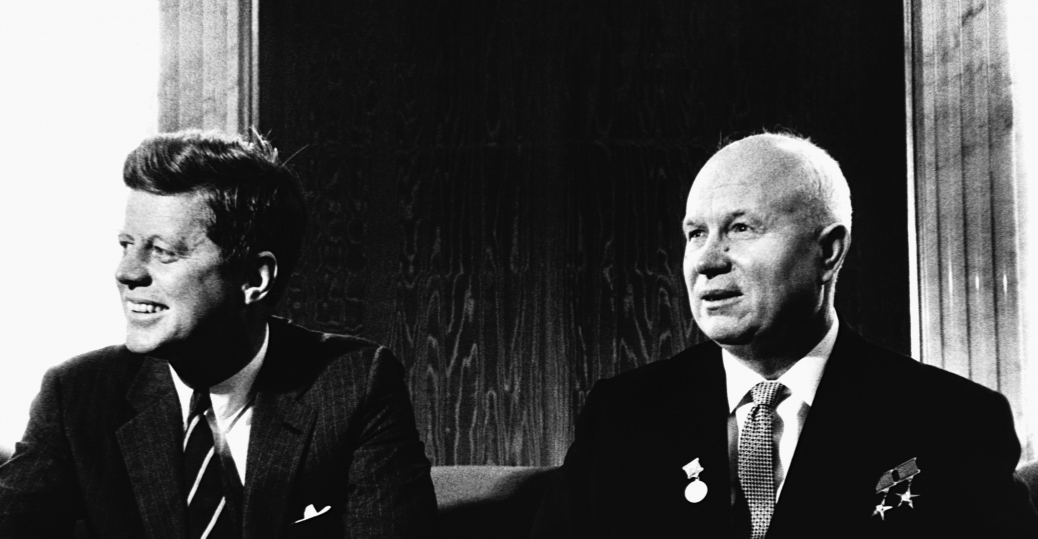
Cuban Missile Crisis
The world faces nuclear war over Soviet nuclear missiles placed in Cuba
Tensions between Cuba and the United States peaked during the 1962 Cuban Missile Crisis. This event brought the world close to the brink of nuclear war. The crisis began when US high-altitude reconnaissance aircraft spotted Soviet Union nuclear missiles inside Cuba that were capable of striking Los Angeles, Chicago, and New York. The crisis ended when Khrushchev agreed to dismantle and remove the missiles after receiving secret assurance from Kennedy that the United States would not invade Cuba. The United States also promised to withdraw some of its nuclear missiles from Turkey, which borders the former Soviet Union.
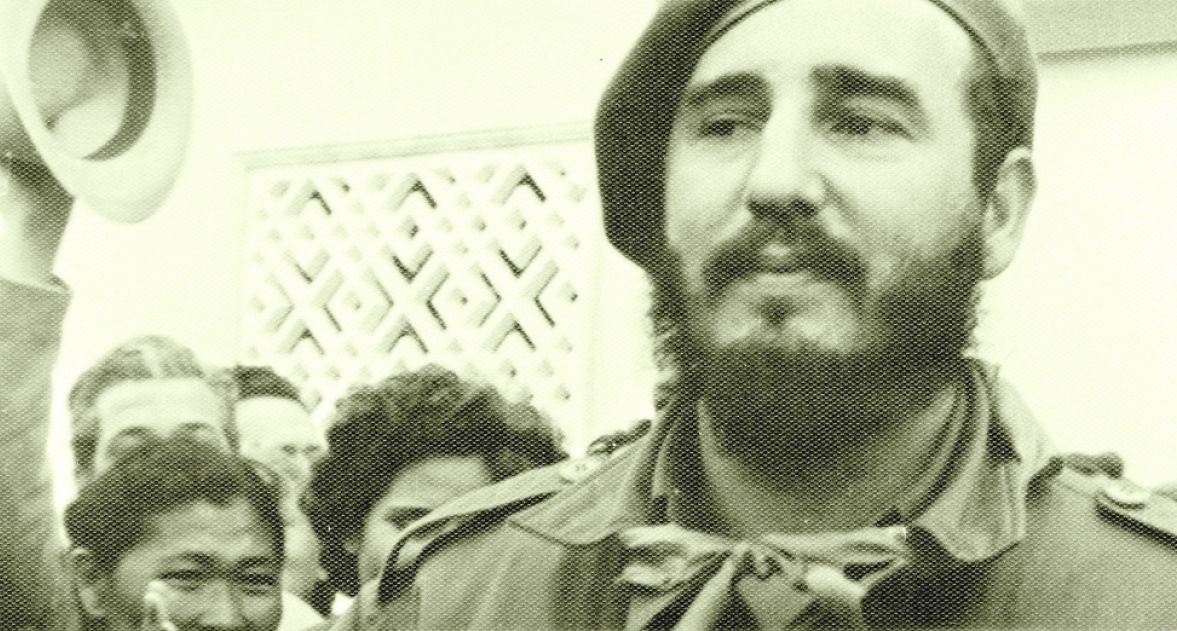
1 of 3
Afterwards, Castro and the Americans continued to engage in a war of hostile diplomacy. Relations between the United States and Cuba deteriorated rapidly, and the Castro regime moved towards adopting a one-party Communist system. The Soviet Union became Cuba’s main trading partner.
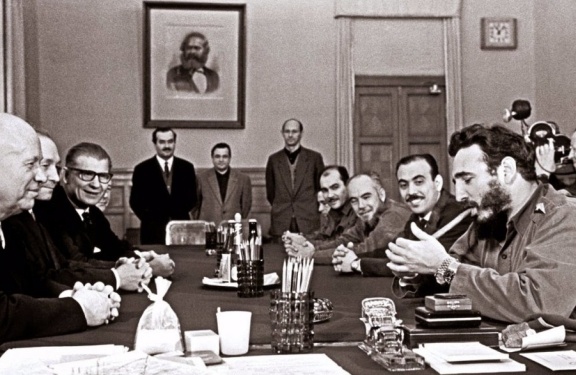
2 of 3
The Soviet Union had initially been cautious in its relationship with Cuba. Its experience with revolutionary regimes that had come to power without its support indicated that these governments often pursued independent policies and were, at best, difficult to control. It was the failed Bay of Pigs invasion by the United States that finally convinced the Soviet Union to take a chance in developing closer relations with Cuba. It appeared that the revolutionary government in Cuba now had a chance to succeed given that there was virtually no opposition left on the island.
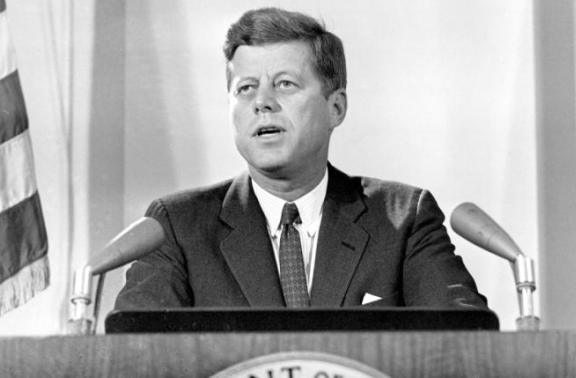
3 of 3
The Cuban Missile Crisis officially began on the 16th of October 1962, when US president John F. Kennedy first learned of the presence of Soviet nuclear missiles in Cuba. Facing a direct threat to US national security, Kennedy convened a group of his closest advisors to determine the best course of action. A week later, on the 22nd of October, he informed the American people of his decision in a nationally televised speech. From that moment on, the world waited anxiously to see whether this harrowing confrontation between the Cold War rivals would end in a nuclear Armageddon.
The Bay of Pigs Invasion and other US-sponsored efforts to remove Castro from power only increased the Cuban leader’s popularity in Latin America. The attempts to unseat Castro also pushed Cuba firmly into the Soviet bloc. In the face of US economic sanctions, Cuba turned to the Soviet Union for oil and other necessities as well as a market for Cuban sugar. Castro also requested Soviet financial and military aid to help him remain in power. Khrushchev was eager to provide this because he recognized the value of having a communist ally so close to American shores.

1 of 2
Although US leaders had always thought of Castro as a communist, the Cuban leader insisted that he never sought an alliance with the Soviet Union until he was forced to do so by American actions. ‘While the US press and the world news agencies were telling the world that Cuba was a red government, a red danger ninety miles away from the United States, that Cuba was a government controlled by the communists, the revolutionary government had not even had a chance to establish diplomatic or trade relations with the Soviet Union,’ he declared. ‘However, hysteria is capable of everything.’ Following the American attempts to destabilize the Cuban government, Castro formally declared himself a communist.
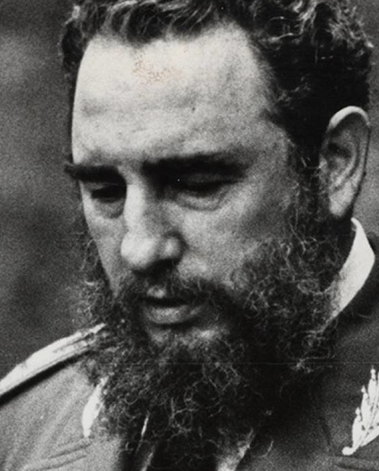
2 of 2
President Kennedy responded to Castro’s alignment with the Soviet Union by issuing Executive Order 3447, which placed a permanent embargo on all trade with Cuba. He also arranged for Cuba to be expelled from the Organization of American States. At this point, Khrushchev decided to expand Soviet military aid to Cuba to include nuclear weapons.
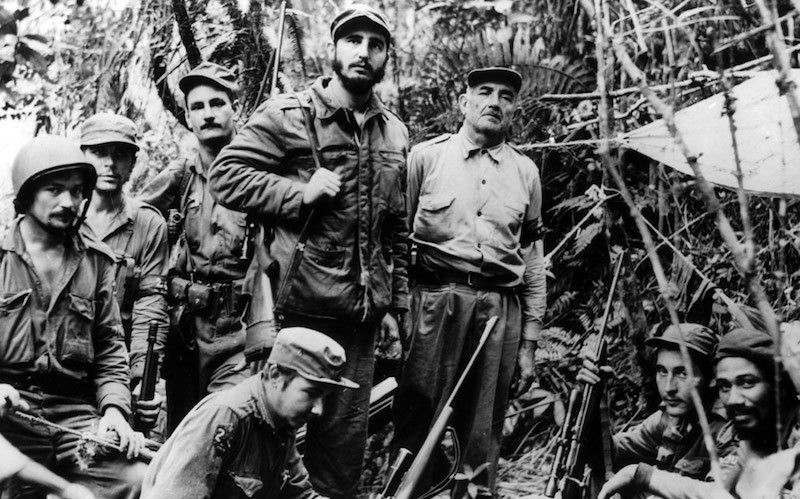
Cuban Revolution
The stage for the violent upheaval was set by the existence of striking political, economic and social inequalities with more than one-third of the population considered poor and lacking social mobility, coupled with the growth of a frustrated middle class whose rising expectations could no longer be met by a stagnant, sugar-based economy.
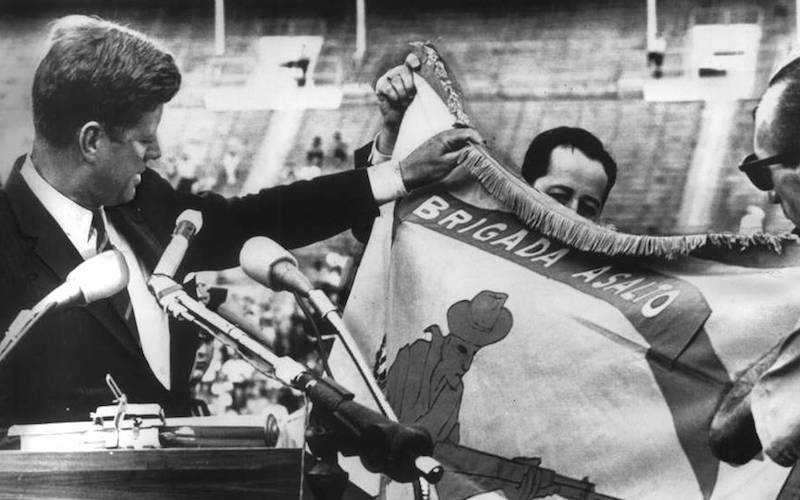
Bay of Pigs Invasion
The Bay of Pigs Invasion was a failed military invasion of Cuba undertaken by Cuban exiles and sponsored by the US Central Intelligence Agency. It dashed all hopes that Cuba might stop its slide toward Communism.

Cuba after the Missile Crisis
In 1965 Cuba officially became a communist state and started receiving aid from the Soviet Union. During this time, Castro's government used this aid to support guerrilla movements in Africa and Latin America. Because of the activities, Cuba's relationship with the United States remained hostile throughout the Cold War.
- Richard A. Crooker, Zoran Pavlovic, Cuba, 2nd Edition, Infobase Publishing, New York, 2010
- Clifford L. Staten, The history of Cuba, Palgrave MacMillan Publishing, New York, 2005
- Leslie Bethell (editor), Cuba: A short history, Cambridge University Press, Cambridge, 1993, Transferred to digital printing: 2007
- Laurie Collier Hillstrom, The Cuban Missile Crisis, Omnigraphics Inc, Detroit, 2015





